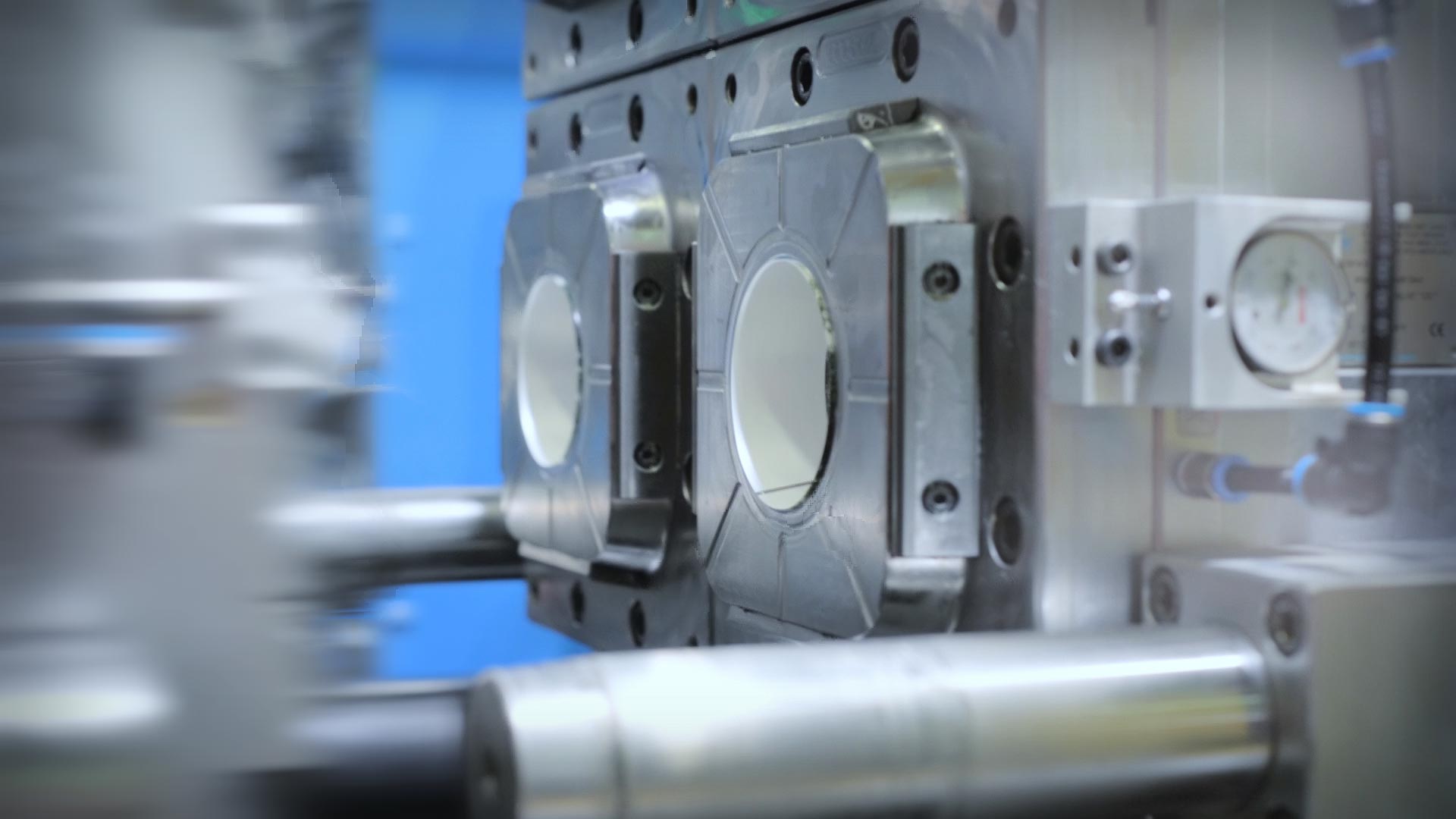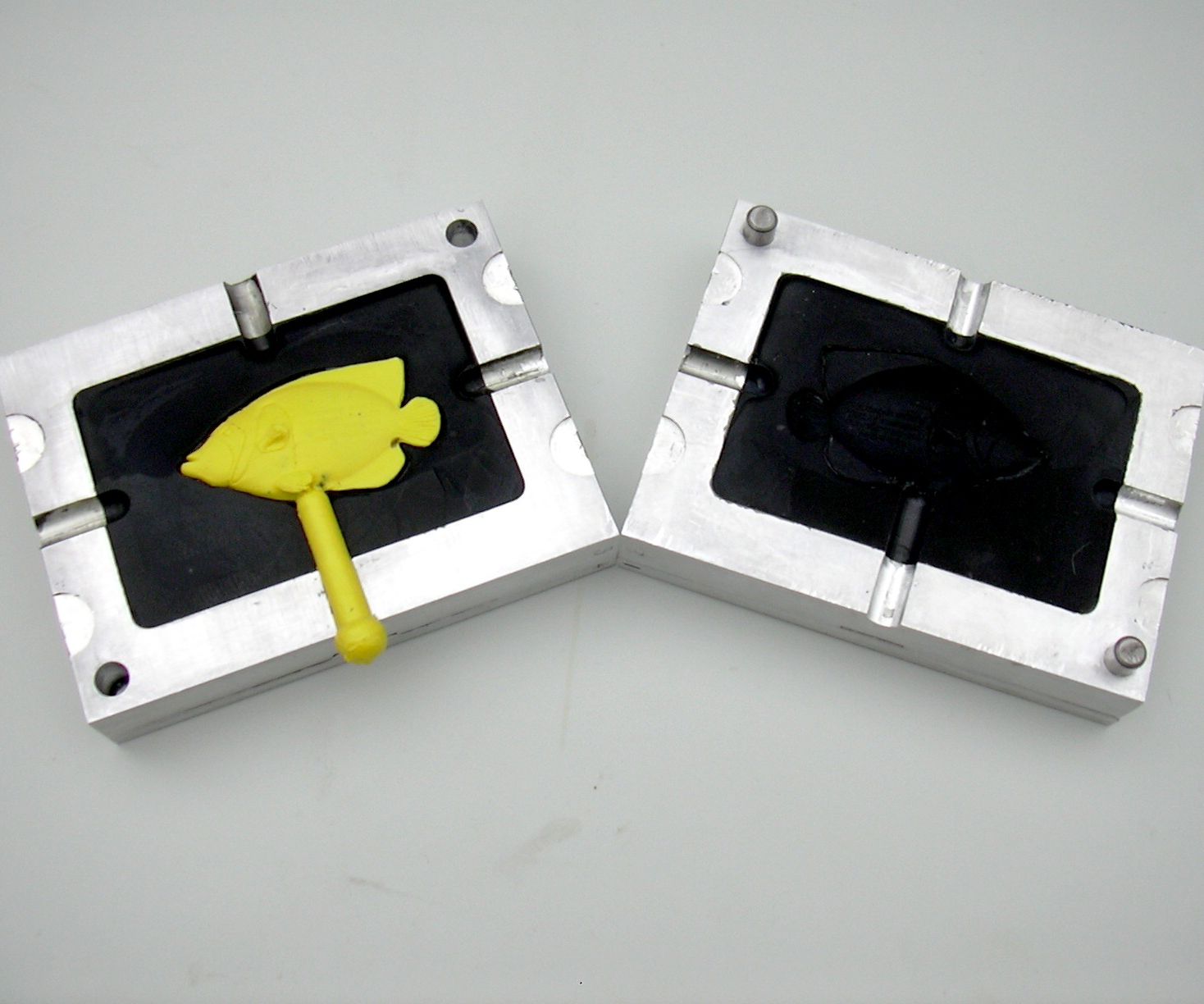The Future of Plastic Injection Molding: Trends and Developments to Watch
As the plastic injection molding sector evolves, a number of essential trends are arising that pledge to improve its landscape. Automation and smart production strategies are readied to boost performance, while the change in the direction of sustainable products mirrors an expanding environmental awareness. Innovations in 3D printing are leading the means for extraordinary layout versatility. Nonetheless, these innovations additionally bring forth difficulties that need cautious factor to consider. Recognizing how these aspects will certainly connect and affect future methods is critical for stakeholders looking to browse this transformative duration successfully.
Automation and Smart Production
As the plastic shot molding sector advances, automation and clever production are taking center stage, transforming manufacturing procedures - Plastic Injection Molding. The assimilation of sophisticated innovations such as robotics, IoT (Net of Things), and man-made intelligence is allowing producers to enhance performance, decrease operational prices, and improve product quality. Automated systems enhance process, minimizing hands-on treatment and enhancing throughput, which is essential in meeting the increasing demand for rapid production cycles
Smart making innovations assist in real-time surveillance and data evaluation, enabling companies to enhance machine efficiency and predict upkeep needs. This aggressive strategy not just decreases downtime however additionally expands the life-span of devices. Furthermore, the use of collaborative robots, or cobots, improves the flexibility of manufacturing lines, enabling employees and devices to run side by side safely and effectively.
The fostering of automation in plastic injection molding is not simply a pattern however a strategic crucial for organizations intending to remain affordable in an international market. By harnessing these modern technologies, producers can accomplish greater accuracy, minimize waste, and adjust swiftly to altering client demands, positioning themselves for lasting growth in a significantly automated future.
Sustainable Products and Practices
The push towards automation and wise manufacturing has actually led the way for a higher emphasis on sustainable products and methods within the plastic shot molding industry. Business are significantly seeking environmentally friendly options to typical petroleum-based plastics, leading to the fostering of bio-based and recycled products. These lasting materials not just lower environmental influence however also align with customer demand for greener products.

Moreover, collaboration between makers, product providers, and ecological companies is promoting development in the development of lasting products that meet efficiency criteria without jeopardizing high quality. As policies around plastic usage become more stringent, the industry is poised to adapt by accepting these sustainable methods, making certain lasting feasibility and lowering dependence on non-renewable sources. The assimilation of sustainability right into plastic injection molding is not merely a trend; it is ending up being an essential part of business obligation and functional excellence.
Developments in 3D Printing
Current developments in 3D printing innovation are dramatically changing the landscape of plastic injection molding. Difficult or as soon as tough to achieve through typical approaches, the combination of additive production processes enables for the quick prototyping of intricate geometries that were. This capacity not only speeds up item growth cycles but likewise lowers material waste, lining up with the expanding demand for lasting manufacturing methods
In addition, the emergence of hybrid manufacturing strategies, which incorporate 3D printing and injection molding, provides suppliers the capacity to develop intricate layouts while preserving the effectiveness of mass production. This approach makes it possible for the manufacturing of tailored components tailored to specific client demands without compromising the rate and scalability that shot molding supplies.
Furthermore, improvements in materials, such as high-performance polymers and composites particularly made for 3D printing, are enhancing the functional abilities of published parts. These materials can hold up against greater tension and exhibit improved thermal properties, making them suitable for even more requiring applications.
As 3D printing continues to evolve, its combination into plastic injection molding procedures promises to improve productivity, decrease costs, and foster innovation in item design, positioning makers to much better meet the difficulties of an open market.
Data Analytics and IoT Integration
Information analytics and the combination of the Internet of Points (IoT) are transforming plastic shot molding have a peek at these guys by giving suppliers with unmatched insights right into their operations. By leveraging real-time information accumulated from interconnected makers and sensors, makers can check efficiency metrics, determine ineffectiveness, and optimize manufacturing procedures. This data-driven technique helps with anticipating maintenance, lowering downtime and extending devices life-span.
Furthermore, IoT integration enables boosted quality assurance. By continuously tracking variables such as cycle, pressure, and temperature times, suppliers can quickly spot deviations from established specifications and make changes in real time. This not just enhances item consistency however likewise minimizes waste and scrap rates.
The combination of data analytics and IoT technologies likewise empowers producers to embrace even more agile manufacturing techniques. With access to detailed data analytics, organizations can respond to market demands with better flexibility, readjusting production timetables and configurations as required. This adaptability is important in a quickly changing manufacturing landscape.

Personalization and Design Adaptability
Exactly how can modification and layout flexibility improve the competitiveness of plastic injection molding? Customization allows suppliers to satisfy details customer needs, fitting distinct dimensions, forms, and capabilities that typical items might not fulfill.
Improvements in style innovations, such as computer-aided style (CAD) and rapid prototyping, additional bolster this pattern. These tools allow designers to produce intricate geometries and intricate patterns, which can be seamlessly incorporated into the production process. Because of this, manufacturers can respond swiftly to changing consumer preferences and market needs.
Furthermore, the application of modular tooling systems improves layout adaptability, enabling quicker modifications between different product designs without substantial downtime. This adaptability can bring about lowered preparations and lower manufacturing costs, making firms extra affordable and agile. Inevitably, welcoming personalization and design versatility in plastic injection molding not just boosts item offerings however likewise strengthens market positioning in an ever-evolving landscape.
Conclusion
The future of plastic shot molding is identified by substantial developments in automation, sustainable methods, and ingenious materials. The combination of IoT and data analytics will certainly enhance functional pop over to these guys performance and anticipating maintenance. The fostering of recycled and bio-based products, together with progression in 3D printing, go right here will promote sustainability within the market. Personalization with modular tooling and fast prototyping will certainly make it possible for suppliers to continue to be receptive and competitive to the dynamic needs of the market.

The future of plastic injection molding is defined by substantial developments in automation, sustainable techniques, and cutting-edge products.